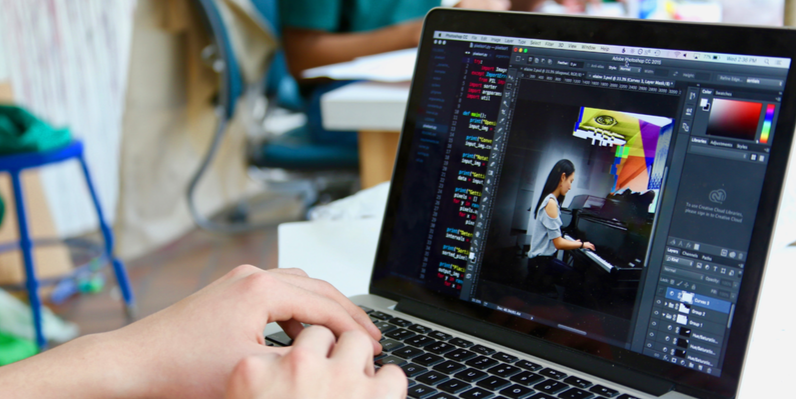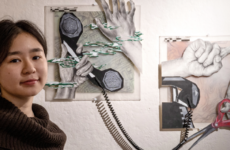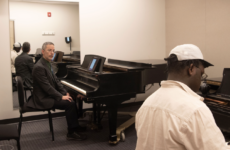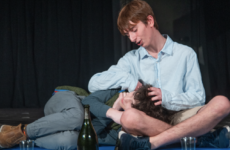Computer programming and STEM fields – science, technology, engineering, and math – have taken the world by storm in these last few decades. Technology and coding have permeated nearly every field, becoming common in the workplace as tools for almost any type of project. It is no surprise, then, that computer science is becoming increasingly integrated into the art community, reimagining and redefining what it means to be an artist. Some call this combination of disciplines STEAM – science, technology, engineering, arts, and math.
Heidi Lei ’20, a passionate science student at Choate, elegantly described how coding can be intertwined with art: “[It] provides artists with a tool to create precise and complicated patterns more or less effortlessly, which was unimaginable before the digital age. Visualization of iterated functions often produces mesmerizing results. It also enables artists to play around and experiment more with randomness as an artistic element.” Artists are able to use coding to create variable, efficient, and precise pieces.
Alan Luo ’18, an experienced coder, makes use of computer science in all aspects of his daily life – from keeping track of finances to producing art works. Luo used his programming abilities to create his own logo, “not by hand-drawing it, but by literally programming the logo so that every single part of it would be perfectly aligned.” He is also quick to note that many people, including a good number of Choate students, are already using code in projects without realizing it. He points out that “anyone who uses a digital program like Photoshop is actually dealing with pixels and matrices every day, even if most of those calculations are abstracted behind an interface.” In reality, many of us may be using code to create our own works of art.
Not only is coding expanding what artists can do, but it is also drawing computer programmers into exploring the world of art. Moreover, coding benefits those who were previously interested in art but didn’t have the ability to follow it. Ms. Meghan Healey, a computer science and math teacher at Choate, considers herself a prime example. Ms. Healey studied computer science in college, where she learned all of the traditional aspects of it, such as languages and networks. Upon graduation, Ms. Healey was “disenchanted with it, and almost abandoned the field entirely” because of the mundane nature of the material that she had experienced. However, Ms. Healey found a renewed passion for programming when she, “realized there was a community of people creating beautiful things with code, like projects that were colorful, mesmerizing, and expressive. Furthermore, there was a huge market for programmers with those skills.” Ms. Healey had “always loved art, but never excelled at it in the traditional sense.” This new connection between programming and creating allowed her to make pieces that she was not able to produce before. She also thinks that “coding is now becoming another medium for artistic expression, just like oil painting or dance.” She added, “Programming is a relatively new form of expression that can really do a lot for artists who are interested in creating generative or interactive art, as well as interdisciplinary projects.”
Many others share Ms. Healey’s sentiment, including avid coder Zev Nicolai-Scanio ’18, who feels that coding has opened up a path into the arts for him because of the way the images are generated through the algorithms. Put simply, coders are discovering a whole new world of art, and in some cases, artists are discovering the modern world of coding.
As we progress further into the digital age and as more programming artists emerge, art will continue to transform. In the next few years, we are sure to see more interactive exhibits, algorithmically generated patterns, and innovative designs than ever before.





